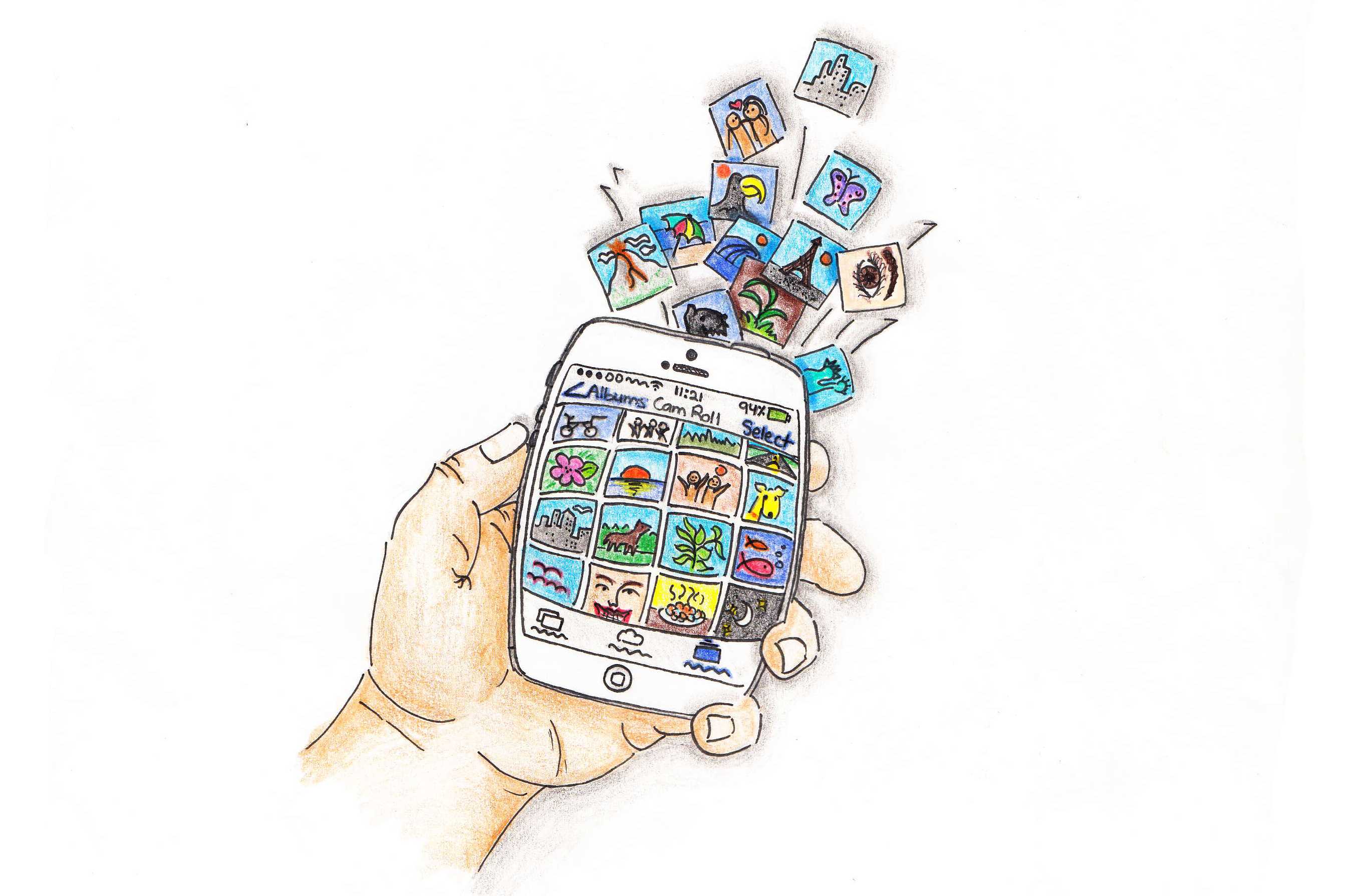
How many photos do you have on your phone? What about your computer? How many pictures do you see per day on social media?
Your answer is probably in the thousands. If not, you’re lying.
Now think back to the Renaissance. The cultural rebirth. The discovery of oil paints and perspective gave artists the freedom to blend, a luxury unknown to bygone artists. Previously, a painter would use tempera or fresco to create a two dimensional piece, which seems barbaric. The new three dimensional style of painting proved to be something unique, though only the upper class had the time and money to have portraits (the original selfies), landscapes, and other realistic images created for them. Regardless, this was the birth of the realistic image, which grew increasingly more important to humans as time went on.
Several hundred years later the camera was invented. Only trained photographers could use it, and just like the painters of the Renaissance, it took a considerable amount of time for the camera to even process the image.
Even in more recent times like the 1990s and early 2000s, there were limitations. It was a roll of film, a finite number of pictures, that you were limited to. It was something that you held in your hand that you had to physically take and develop.
Today, there’s something in your pocket. Something that you instinctively whip out every time you witness something that you want to keep a memory of, or that you want others to see. A picture of yourself, a picture of your friend, the view from the top of a local hill, a candid shot of your teacher, a picture of your food. How many pictures did people take of the food they were eating in the 50s, 60s, and 70s? Chances are, none. There’s 100 pictures of past meals in your pocket, and for what? Typically, most would say it’s so they can share it with their friends and family. This sharing of every little detail is advanced technology, it’s what we’ve worked towards update after update, but it’s why the realistic image is becoming something that isn’t precious anymore.
When people stare at their devices, they’re scrolling through 50 pictures per minute, taking no time to appreciate things like the structure or detail of the image. The realistic components of images in the Renaissance were valued, but today they’re disregarded as something that everyone subconsciously expects to be in a picture. There is still some sense of critiquing in the favoriting, liking, and reblogging of online images, but we aren’t judging the subtleties of each and every photo, we’re double tapping on it because it’s pretty at a glance.
Foothill art teacher Justin Frazier recognized the direction in which the realistic image is headed. He acknowledged it by launching an art project in which he recreated local Instagram photos with the time and care of a Renaissance painter. He believes people today are impressed by highly realistic drawings, and that by forcing himself to spend more time recreating the image, he is also forcing the viewers to spend more time with it too, appreciating the detail and effort put into it.
That’s what makes a picture meaningful: it forces the viewer to look at it, absorb it, and value it before they scroll on through the perpetually flowing feed of posts. Frazier has already recreated 6 Instagram images and has a seventh on it’s way. They include in and out burgers, selfies, “from where I stand” styled shots, and pictures of coffee. Quintessential Instagram posts that you’d typically give nothing more than a single second and a double tap.
With realistic images at our disposable, the futility of realistic painting is increasing. Why waste time painting something when you can take a mere few seconds snapping the same picture, only better than what you could ever generate with a paintbrush.
A picture is no longer worth a thousand words, but a thousand pictures are worth about one word: disposable. Too many pictures in too little time is what’s demoting the value of certain art forms. If the Renaissance was the beginning of our development and appreciation of art, then where are we now?




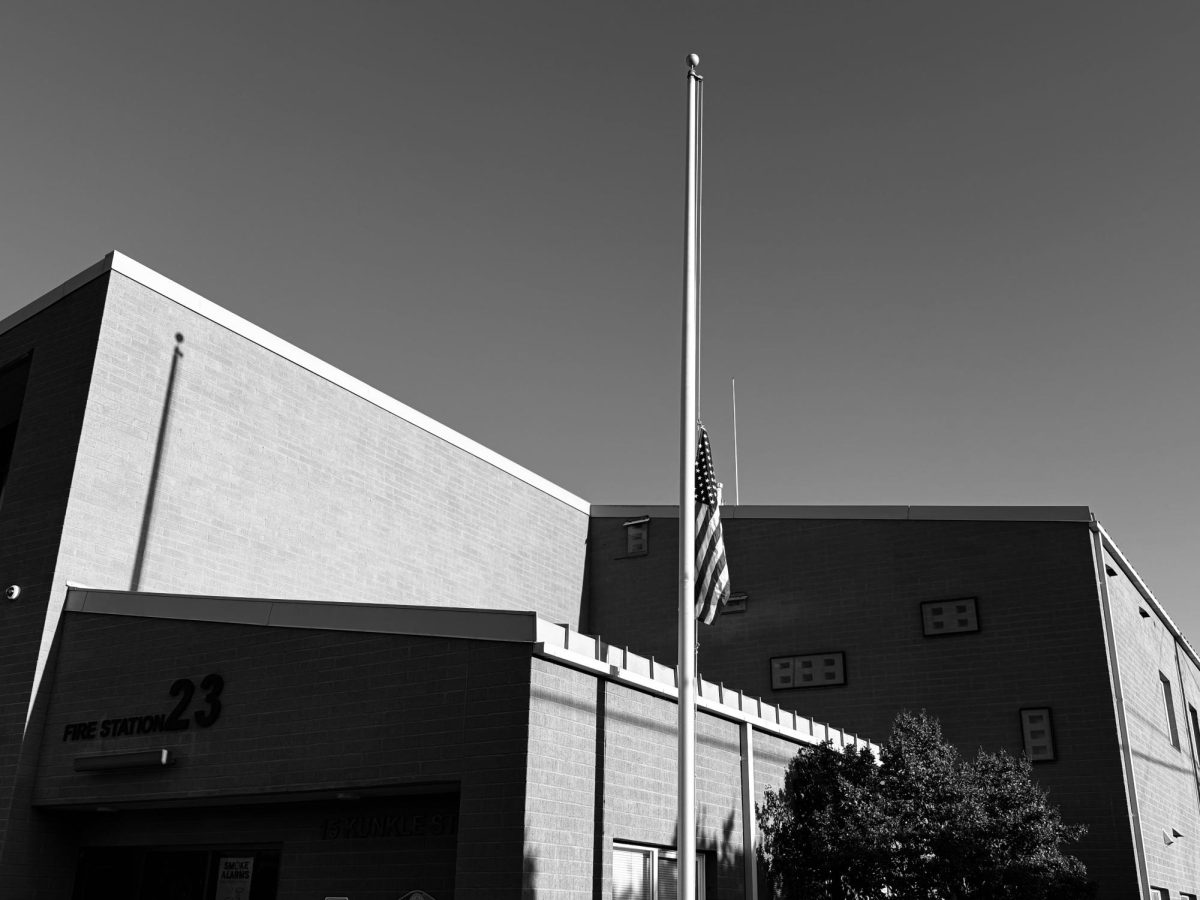
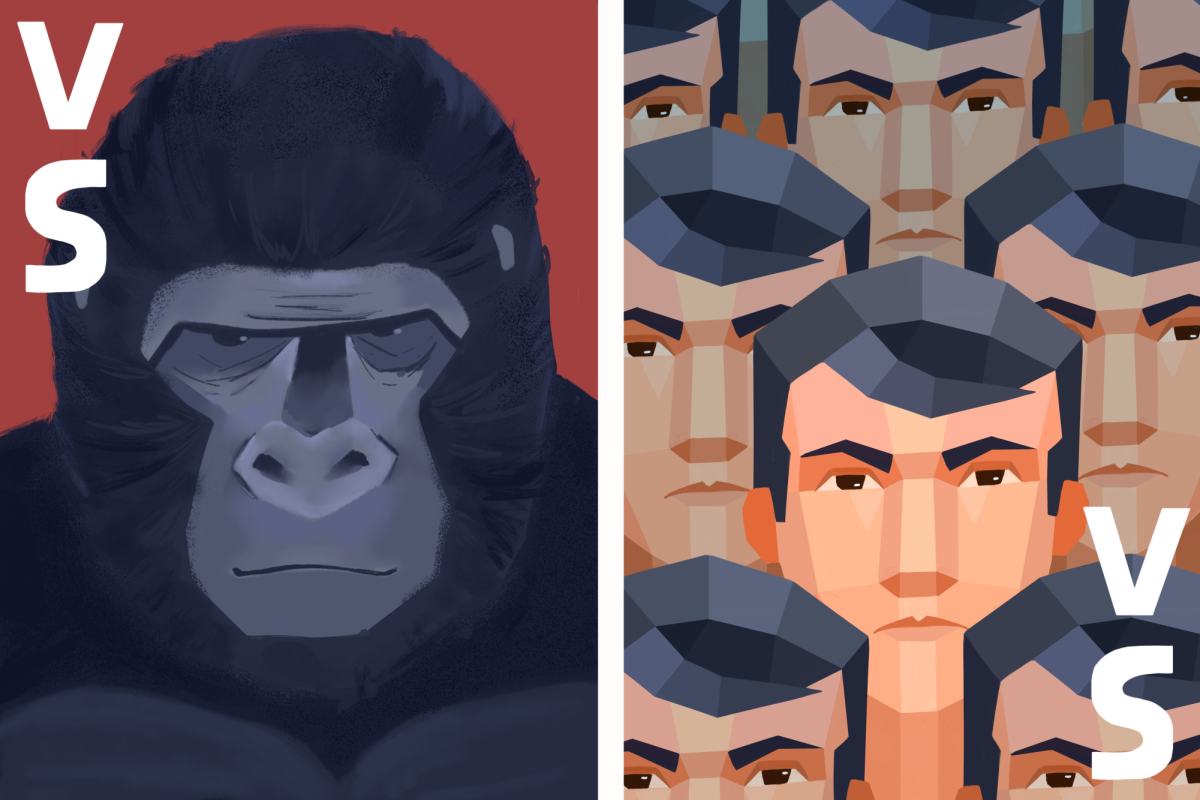

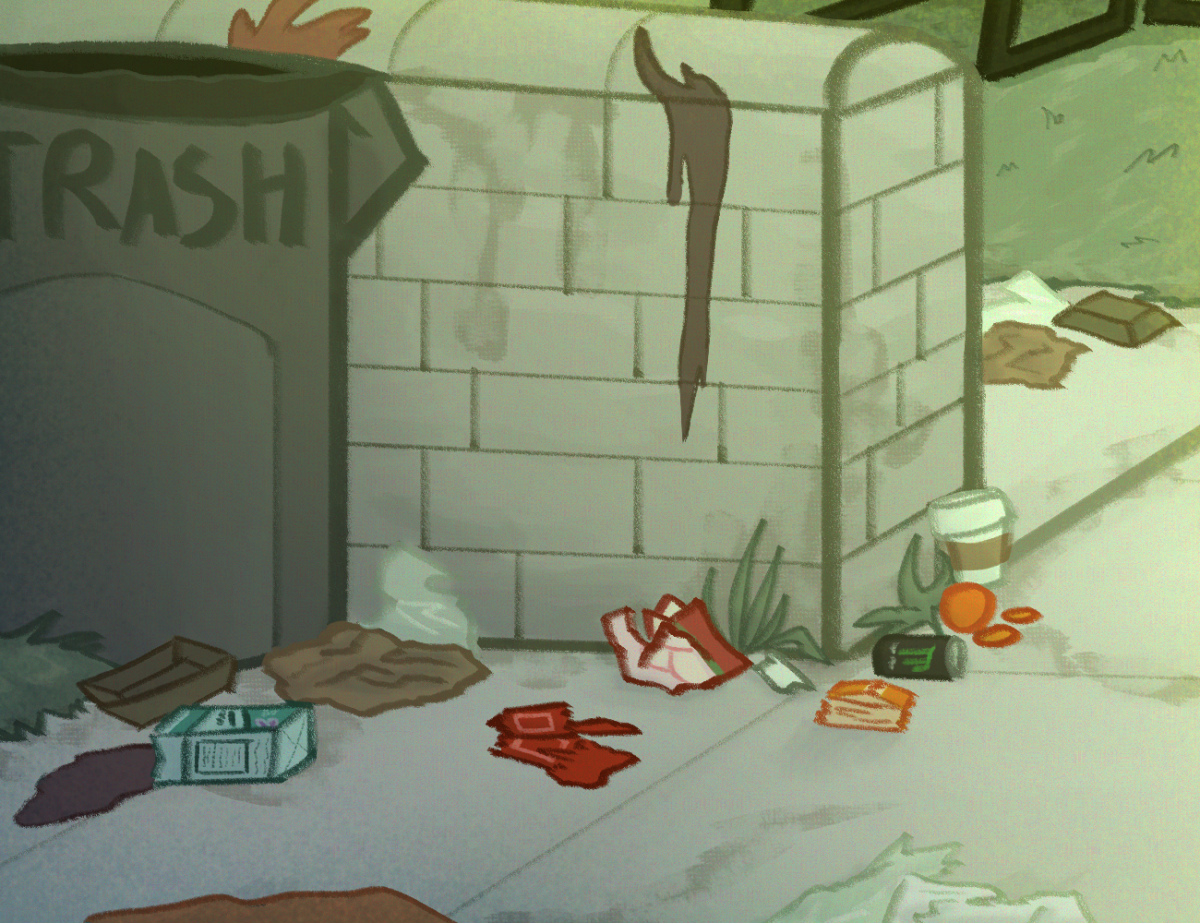
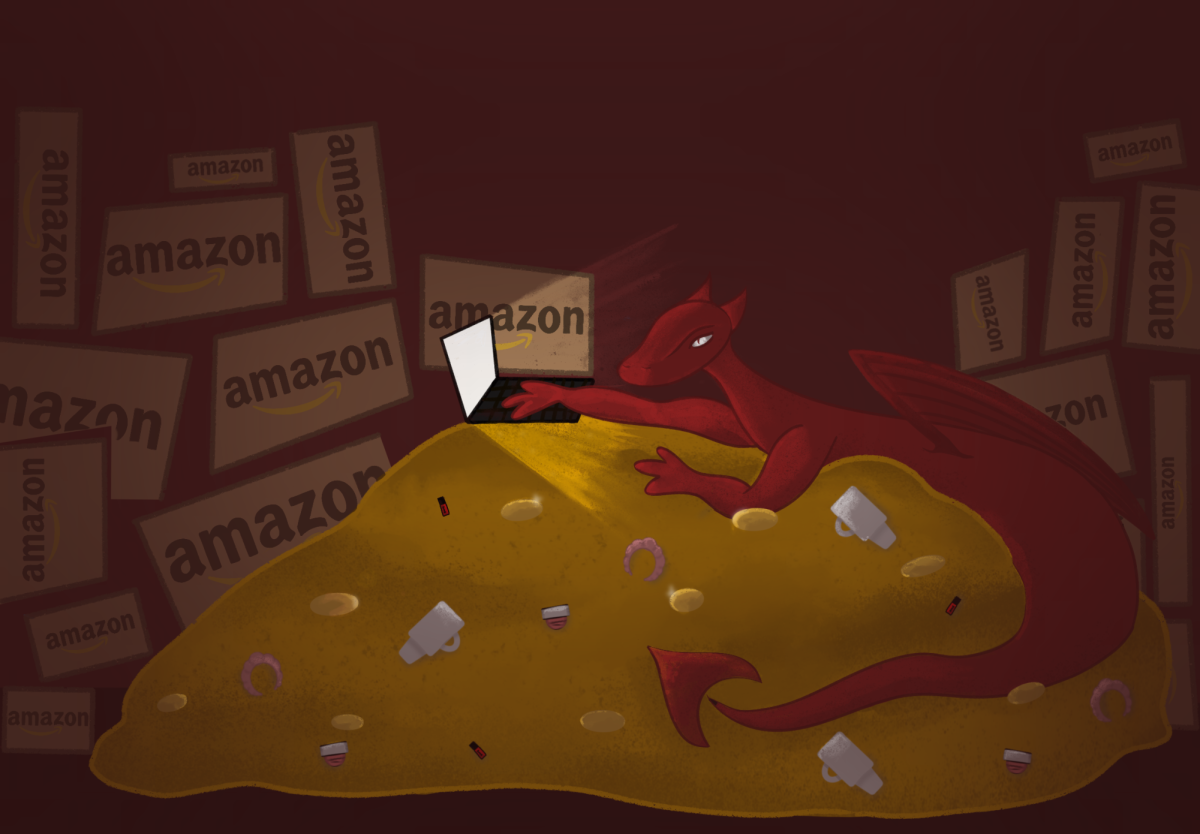
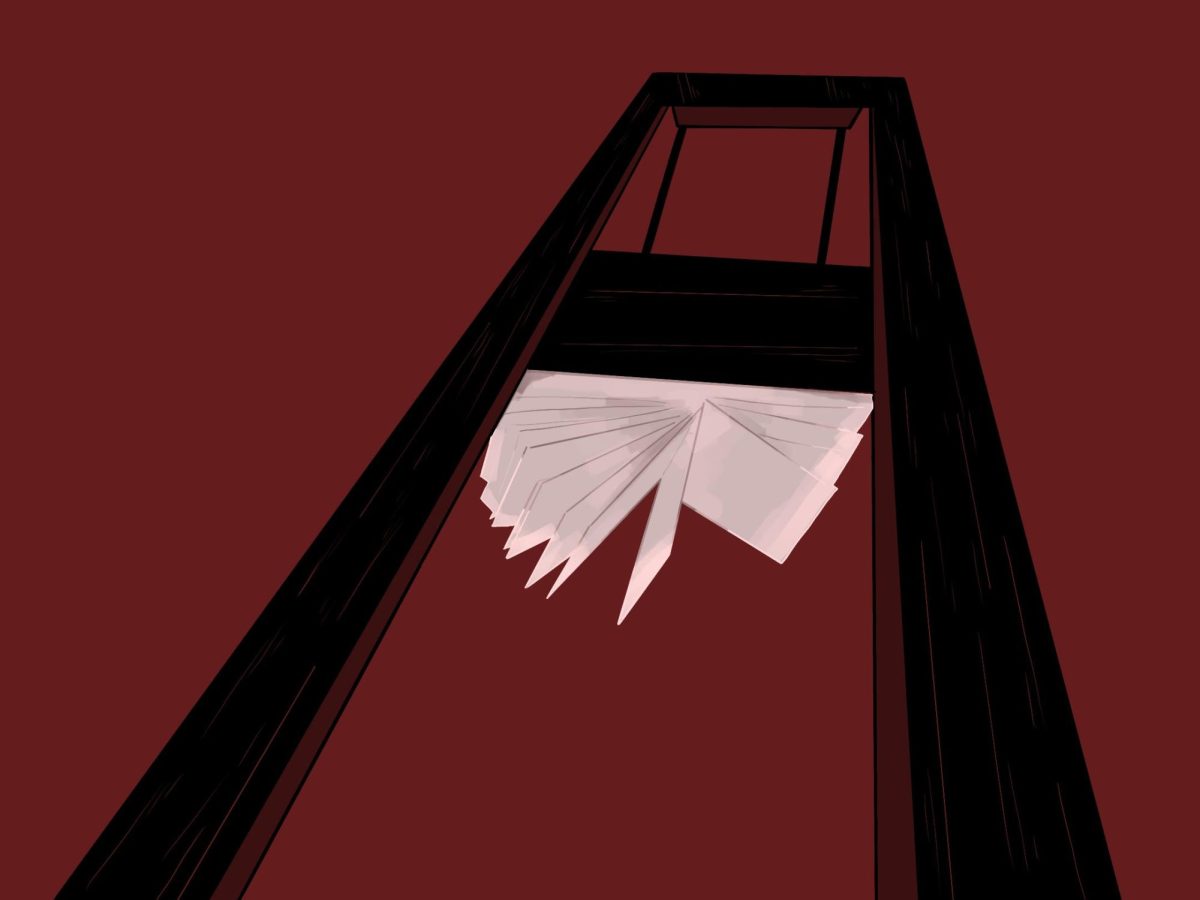
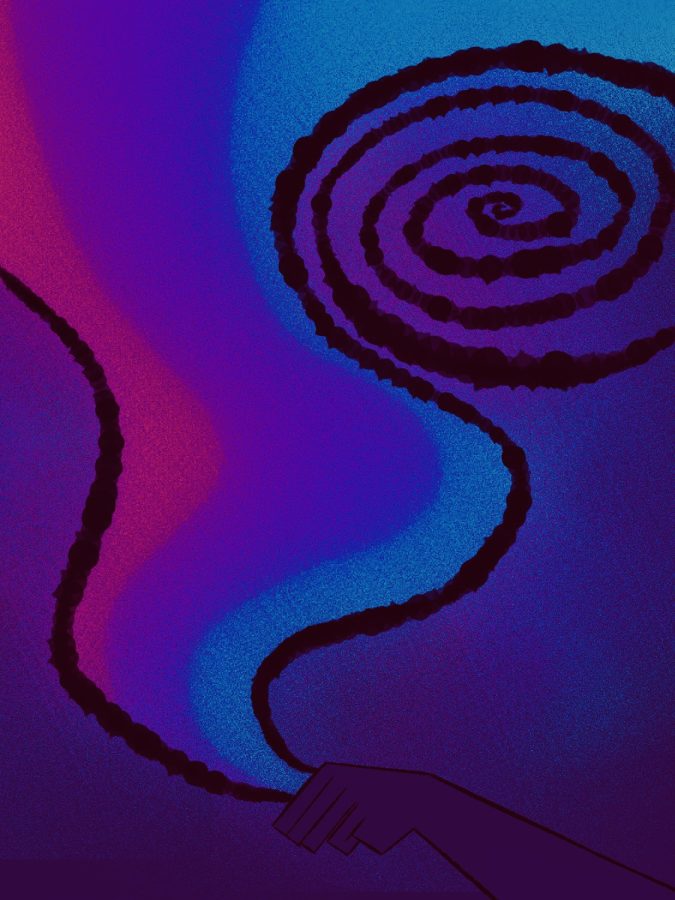

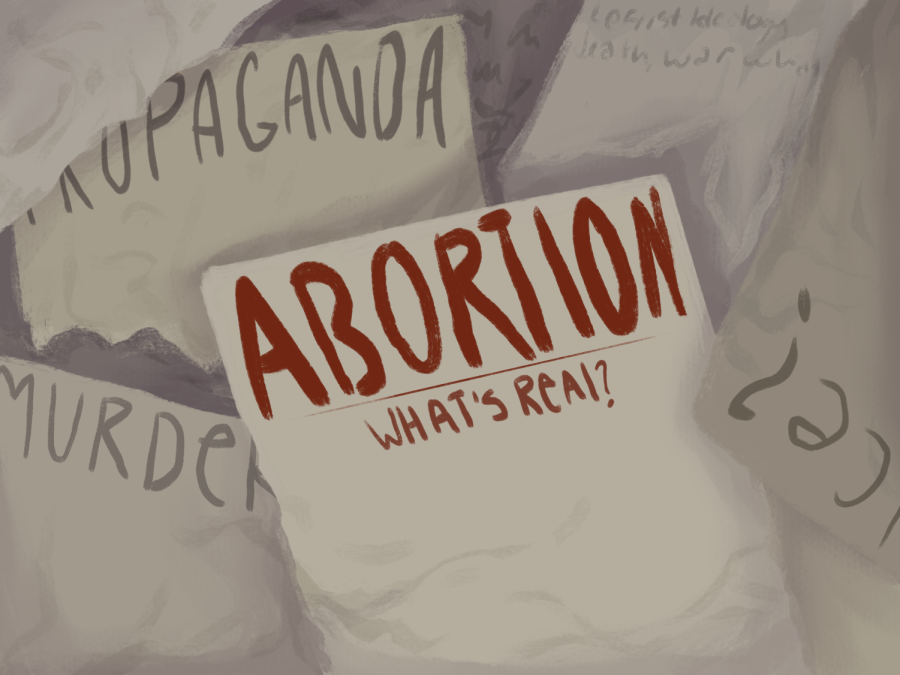
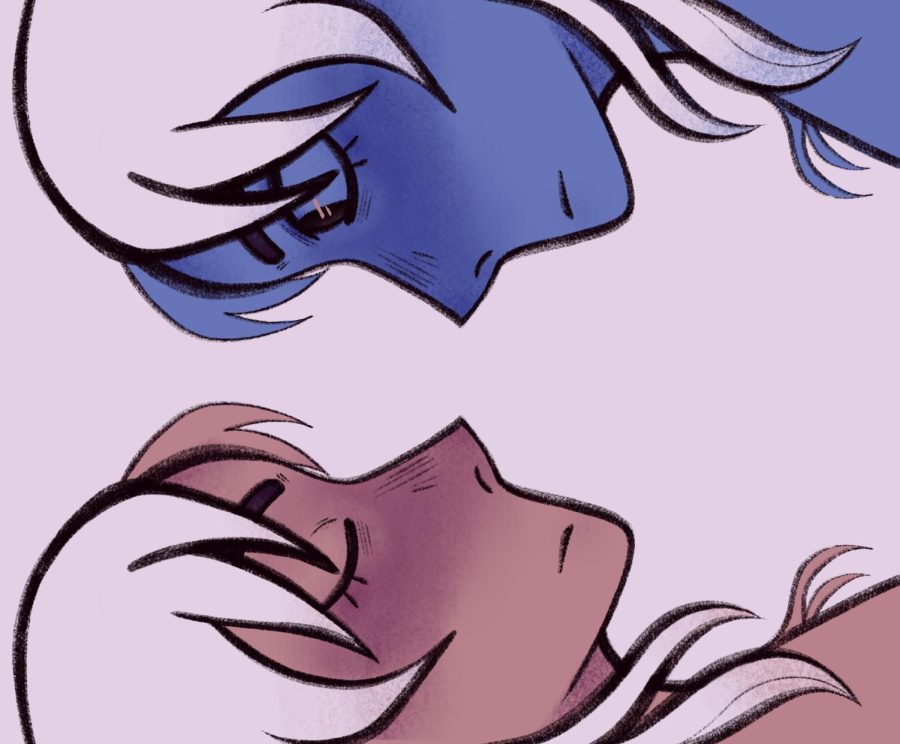

Aysen Tan • Sep 24, 2014 at 12:10 pm
Excellent article! Your critique of society’s quick, fleeting glances at thousands of photographs and the lack of appreciation for the artistic image (other than for eye-candy) was absolutely spot-on. Great illustration as well. #longlivefilm #grabyourcamerabag